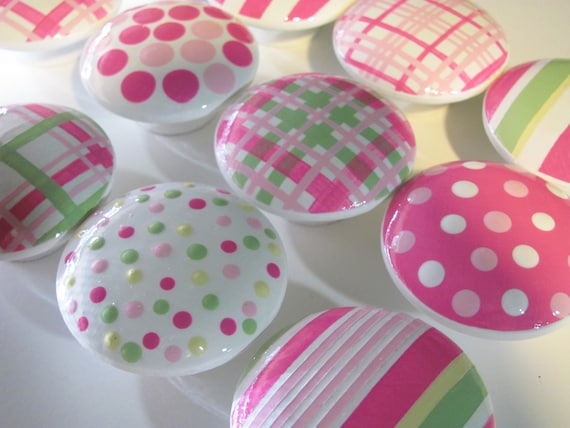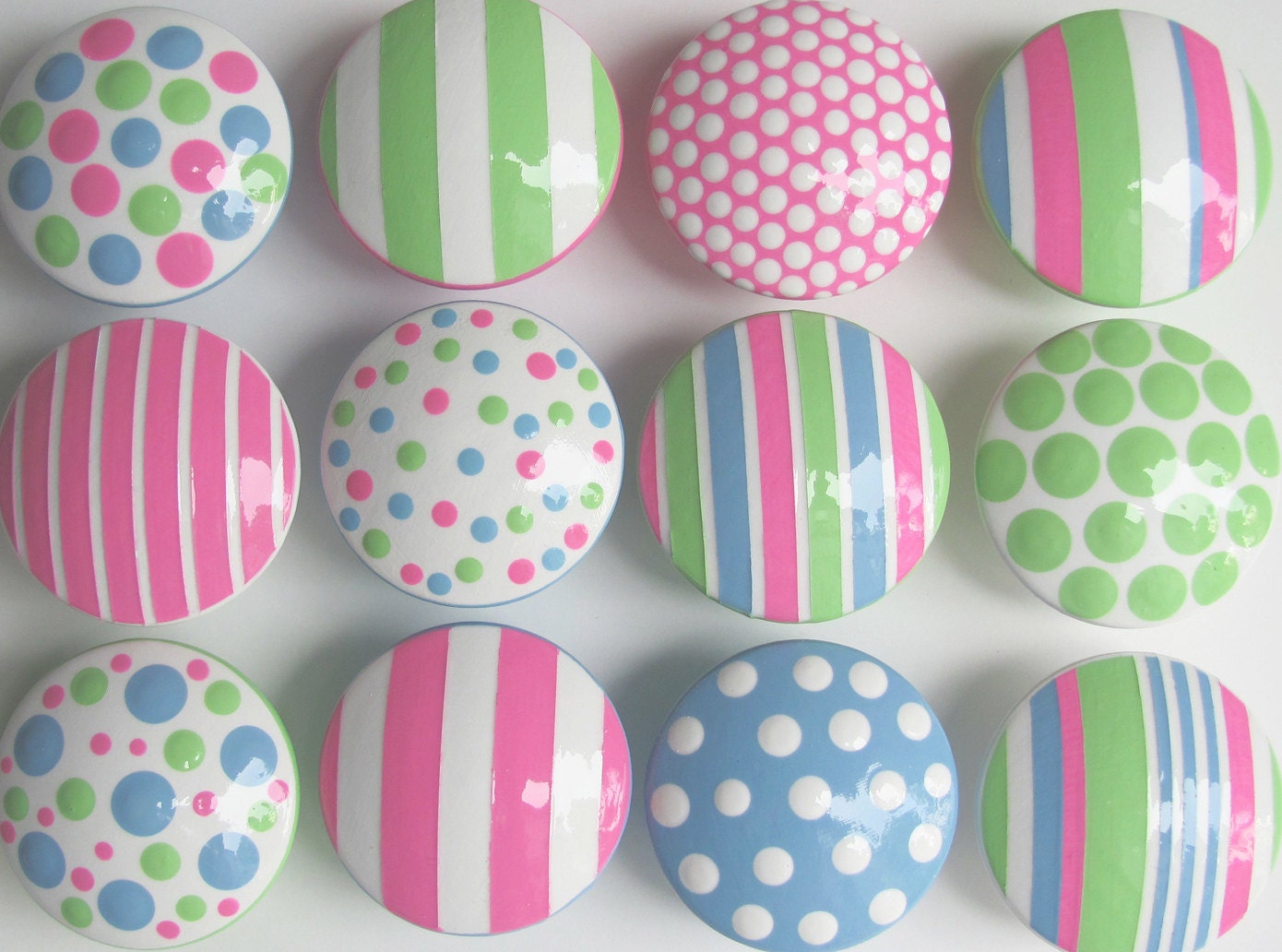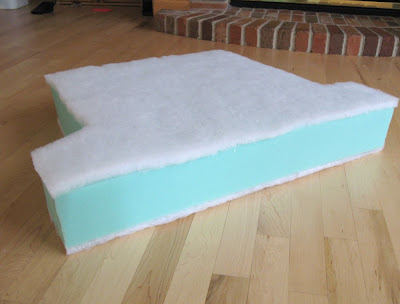I have been teaching myself different techniques when it comes to reupholstering and so has Modest Maven! Check out this tutorial on reupholstering a wing back chair and start being ambitious!
♥
Batting: 6 yards of 8 oz poly batting (about 1 inch thick
♥ Cording: 12
yards
♥ Metal Tack Strips: 3
(1 cut to size for the outside of arm sides, 2 for back of chair)
♥ Cardboard Tack
Strip: 3 yards
♥ Curve Ease: 4 feet
(for outside of wings)
♥ Staples: a lot, a
lot, a lot
♥ Medium or High
Density Foam: 1 3/4 yard of 4-inch thick foam (24 inch wide) and 2 yards of
1-inch thick foam (24 inches wide)
♥ Paint for the chair
legs: Valspar high gloss latex enamel paint (Black)
If you're smarter than me, you
would have found a chair with the foam intact and this would be your starting
point (not to mention, saving yourself $100). OH! and springs... make sure none
of the springs are broken. Bad springs or bad foam... just walk away. This
picture also shows the new seat bottom and front. I cushioned the front with 1"
foam and a layer of batting before putting on the front piece as shown. The seat
cover sits directly on the springs and is composed of a layer of wool felt, a
layer of batting, and the gray wool you see on top. Why did I use wool? Because
that's what I happened to have in my fabric stash. Muslin would work equally as
well.
*Note: The inside wings, inside arm and bottom front got
1" foam and the chair back and seat cushion got 4" foam.
Even if your foam is good, I recommend replacing your batting. The batting will
add about $25 to your costs, but it gives your foam a nicer finished look and
adds a flattering loft to your chair. At this stage, I put the batting
everywhere except the back. Do not staple the batting on the outside arm piece
to the bottom of your chair yet.
Here is my seat cushion, layered with batting on each side. Have you ever tried
cutting 4-inch foam? Do yourself a favor and use an electric knife (yes, the one
you use to carve the Thanksgiving Turkey).
After layering the batting on each side, I wrapped my cushion with another layer
of batting. There is a special
adhesive that you can use to apply the batting to the foam, but since this
is my first and last reupholstering project, I decided to save the $10 and do a
quick hand-stitching along the edges. Voila:
Next I prepped my cording using this fantastic tutorial. I almost had
an aneurysm trying to wrap my brain around this concept, but once I figured it
out, it changed my life forever. It takes the tediousness out of making bias
tape and I'm very excited about that. Please refer to the same tutorial for
guidance on making your seat cushion cover.
Each chair is a little different,
but on my chair, the inside wing piece was sewed to the inside arm piece. The
original chair covered the front of the arm as a separate piece, which was
nailed in place. I opted to sew my arm front to my inside arm piece beforehand
because I liked the look of it better. Use your old pieces as a pattern (you'll
have to seam rip them apart first in this case). Once you have your new inside
arm/wing pieces sewn together, center the arm/wing seam (mine has cording there)
and start attaching from that point.
If you look at the wooden frame
picture above, then you'll notice openings at the back, bottom and sides of the
frame. This is where everything slides through. Tuck your excess fabric through
those openings and those will be pulled taut and stapled last. First do the
inside arm/wing sides and next do the chair back.
See all the excess fabric hanging out the back and side? Pull the heck out of it
and staple them in place after you've stapled around everywhere else as
shown.
After you've stapled the fabric to the back, bottom and sides of the frame, feel
free to trim away the excess.
Next I stapled on my cording in one continuous strip along the sides and
back.
Next, watch this Curve
Ease tutorial and use this technique to put on the outside wings. Staple
your curve ease snug against your cording. I applied more batting as shown in
the video (so my outside wings had double batting), crimped the curve ease along
the wing, then stapled the sides to the back of the chair taut.
I didn't take a picture of
applying the outside arm piece because at this point I could see the light at
the end of the tunnel and I was too dang excited to take pictures. I used cardboard
tack strip along the top of the outside arm (snug against the underarm
rest). Then watch this video
and use the same principle to apply a metal tack
strip to the front arm side and staple along bottom and chair back. I had to
cut my metal tack strip to size for this part.
Refer to the same video to put on
your chair back. Turn your chair upside down and staple on a dust cover (really,
you can use any fabric for this... muslin would work fine).
And there you have it... my total cost of reupholstering this wingback chair was
about $225, plus 25 hours of hard labor (my poor blistered hands... it's a
miracle they're not marred by staple holes). If I were to take this in to be
professionally done, it would have cost at least $400 PLUS cost of fabric ($100)
so $500 total. Before taking on this project, I would have thought that price
was ridiculously high. Now it seems a bit low. Kudos to professional
upholsterers.
Thanks Modest Maven! Head over to their website and checkout the many more amazing projects they are working on!!!!























































